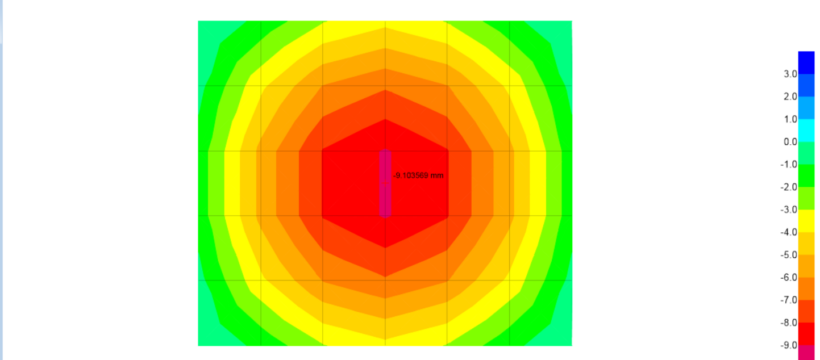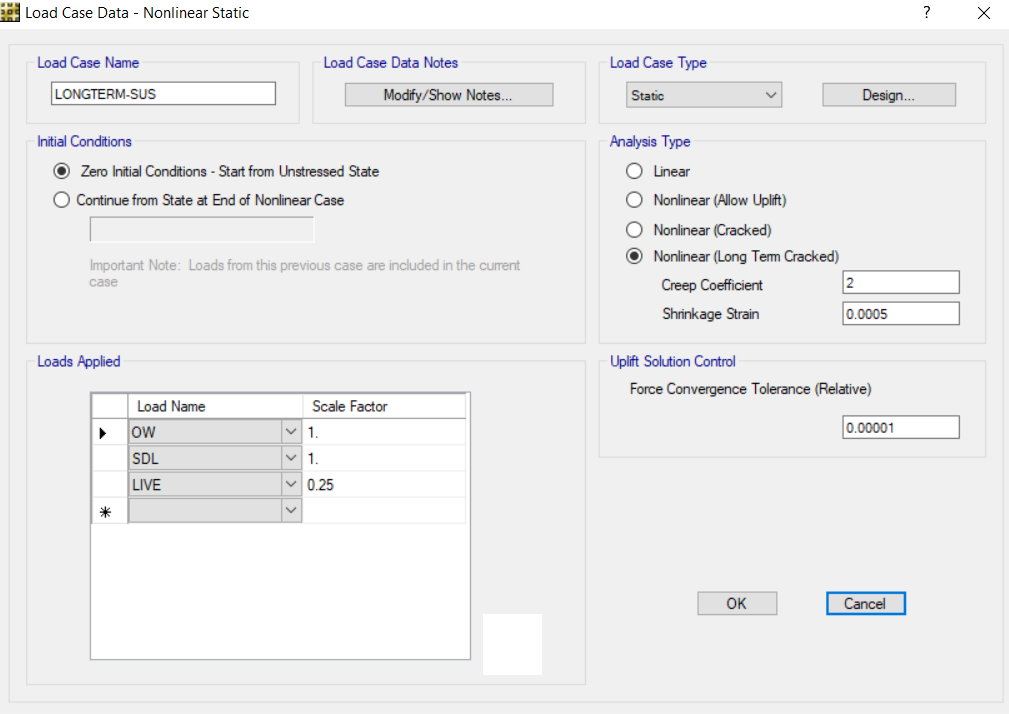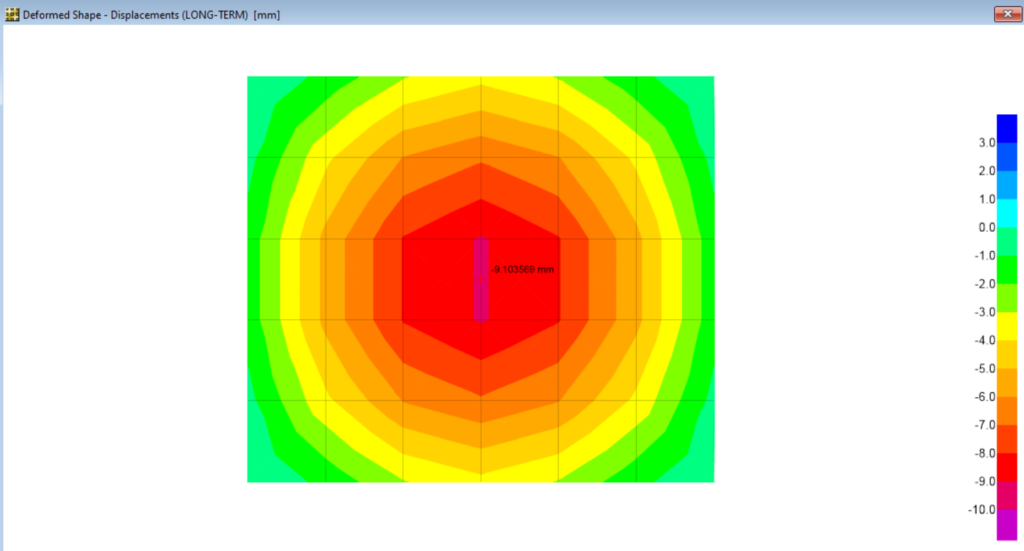CSI SAFE (Slab Analysis by the Finite Element Method) is one of the best tools available for analyzing and designing concrete slabs and/or foundations. SAFE was developed by Computer and Structures, Inc. In this article, we will walk you through the process of checking the long-term deflection of a simple slab using SAFE.
What is long-term deflection?
There are two types of deflection. First, the short-term deflection or sometimes called immediate deflection, which is the deformation that happens in slab or any element once the load is applied. Usually, the immediate deflection will give an indication on the performance of the element under load.
On the other side, long-term deflection in a slab or beam in the deformation that happens over a longer period of time. It considers the effect of shrinkage, cracking, and creep.
Codes most often specifies limitations for the long-term deflection.
This article focuses mainly on the long-term deflection of slabs according to ACI, in an easy way without the confusion that usually accompany this process.
Once you have drawn the geometry of the slab on SAFE, you are ready to start inputting the load cases and combinations in the software that will allow you to calculate the long-term deflection.
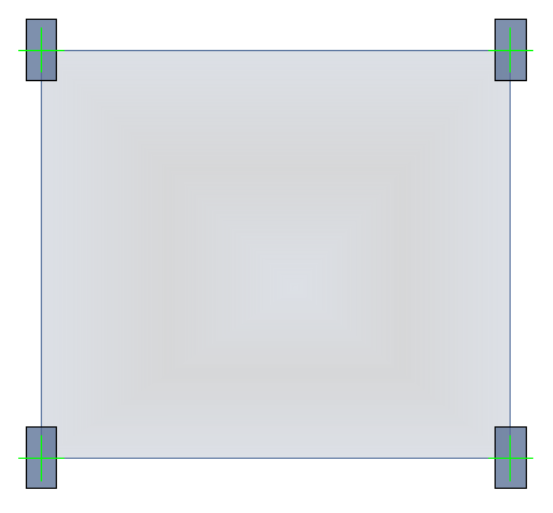
Step one: define the load patterns of dead, superimposed dead, and live loads.
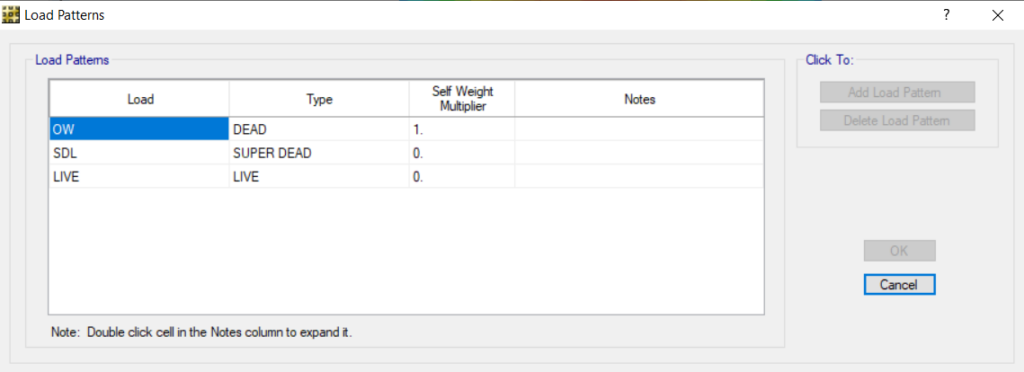
Step two: assign slabs loads in the corresponding load pattern.
According to ACI, LONG TERM DEFLECTION– is the summation of immediate deflection for 75% Live load: (Dead Load + Superimposed Dead Load + Live Load) – (Dead Load + Superimposed Dead Load + 0.25 Live Load)
and,
Long-Term Deflection for Dead Load + Superimposed Dead Load + 25% Sustained Live Load.
This means:
Long-term Deflection = 75% Live Load (immediate effect) + 25% Live Load + Dead Load + Superimposed Dead Load (long-term effect).
Thus, we are going to create three load cases as following:
1 – A load case for immediate deflection using all three load patterns: dead load, superimposed dead load and live load. To define the case, go to define > load cases > add new case.
Don’t forget to check nonlinear (cracked) from the analysis type on the right.
2 – A load case for the sustained long-term loads
Similarly, go to the define menu and then select load cases, add new case:
This time select nonlinear (long-term cracked) in the analysis type. You can keep the creep coefficient and shrinkage strain as the default values.
3 – A load case for the immediate and sustained loads
Choose nonlinear (cracked) for the load case.
Once you’ve defined all the load cases, you can start defining the load combinations:
Two cases are defined: One for the immediate (elastic) deflection considering the service loads dead, and live loads
Go to define then select load combinations > add new combinations
The second case belongs to the long-term deflection as follows:
Now, you can proceed with the analysis run.
From the run menu, select run analysis. After the analysis is run, show the deflection shape for the long term combination.
Now, you can compare the maximum value with the permissible limit as per the code you are following.
Read Also:
